Publications
-
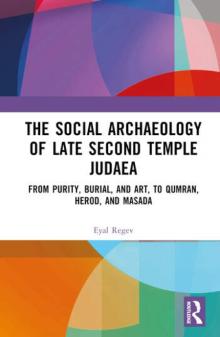
The Social Archaeology of Late Second Temple Judaea
Summary
The Social Archaeology of Late Second Temple Judaea From Purity, Burial, and Art, to Qumran, Herod, and Masada
This book analyzes social ideology and social relationships in late Second Temple Judaea, studying a range of archaeological material and sites to better understand both communal and individual trends in Jerusalem and its environs.
Using several different methodologies, the book brings to light new ideas about social trends such as individualism among Jews and Judeans during the late Second Temple period. It provides in-depth analysis of the social aspects of ritual baths, burial caves, ossuaries, and decorated oil lamps, as well as thorough examinations of the sites of Khirbet Qumran, Herod’s palaces, and Masada during the First Jewish Revolt against Rome.
Social Archaeology of the Late Second Temple Judaea is suitable for students and scholars interested in the history, society, and archaeology of the Jews in the Second Temple period as well as the social background of early Christianity, early Rabbinic Judaism, and Levantine archaeology.
-
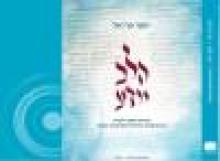
Halev Yodea: The Commentary by Hizquni on the Torah: Between Rational Interpretation and Emotional Interpretation (Hebrew)
SummaryAlthough the broad, eclectic commentary on the Bible the thirteenth-century R. Hezekiah b. Manoach wrote and entitled Hizquni has served generations of biblical scholars, it has yet to be studied systematically and in depth. This volume explores its exegetical features, sources, distinctive nature, independent thought, and originality. At its heart lies the premise that many of the insights it contains are painted in the bold colors of an emotional hermeneutics. Addressing the thoughts and feelings of the biblical characters, its innocent, popular approach is complemented by a profound understanding of human life and the individual soul. Briefly but illuminatingly surveying medieval biblical exegesis, the book also sheds light on unfamiliar interpretive traditions and Hasidei Ashkenaz expositions.
-
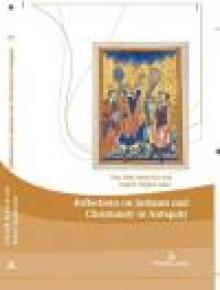
Reflections on Judaism and Christianity in Antiquity
SummaryThe initiative for this book was born within a study group active under the auspices of the Center for the Study of Relations between Jews, Christians, Muslims, at the Open University of Israel. This framework draws together Israeli scholars engaged in early Christianity and the relationship between Jews and Christians in Late Antiquity and Early Middle Ages, who assign a prominent place to 'the Parting of the Ways' – an issue of focal concern to current research on these topics – as well as to the question where and when came into being the boundary line separating between Judaism and Christianity.
-
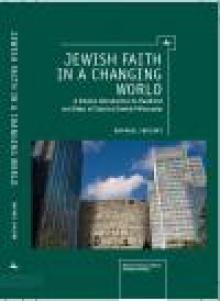
Jewish faith in a changing world
SummaryEver since the first encounter between Judaism and the western world in the second century BCE, Jewish thinkers like Maimonides, Gersonides, R. Moses Hayyim Luzzatto, and Rabbi A. I. Kook have grappled with issues of Jewish faith and modernity. The works they published, which comprise Jewish classical philosophy, were products of the highest intellectual caliber, and no question of faith, no matter how embarrassing or heretical, was overlooked. In this book Raphael Shuchat presents the reader with some of the main and timeless issues of Jewish philosophy over the ages and updates them to twenty-first century thinking, making each issue relevant for the modern reader. This book offers a fresh intellectual outlook on the Jewish faith, and contains a timely message for all religionists and thinkers in the twenty-first century. It will be of great use to both students and laymen.
November, 2011, Academic Studies Press, 250 pages
-
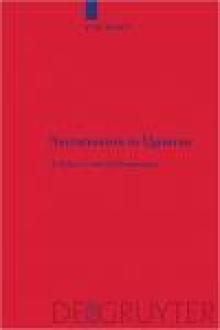
Sectarianism in Qumran: A Cross-Cultural Perspective
SummarySectarianism in Qumran: A Cross-Cultural Perspective explores the sectarian characteristics of the system of beliefs and laws of the two major Qumran sects of the Dead Sea Scrolls, the yahad and the Damascus Covenant, using theories of sectarianism and related topics in sociology, anthropology and the study of religion. It discusses Qumranic moral and purity boundaries, cultic rituals, wealth, gender, atonement, revelation mysticism, structure and organization and compares them with those of seven sects of the same (introversionist) type: the early Anabaptists, Mennonites, Hutterites and Amish, Puritans, Quakers and Shakers. The sociological and historical relationship between the Qumran sects and the related movements of 1 Enoch, Jubilees and the Essenes are analyzed in detail, in order to understand the socio-religious background of sectarianism in Qumran and its subsequent variations. Throughout the chapters, differences between the yahad, the Damascus Covenant and the Essenes are observed in relation to social boundaries, social structure, gender relations, revelation and inclination towards mysticism. Points of resemblance and difference are traced between the Qumran sects and the early-modern Christian ones, and several different patterns of sectarian ideology and behavior are noticed among all these sects.
2007, De Gruyter, 438 Pages
-
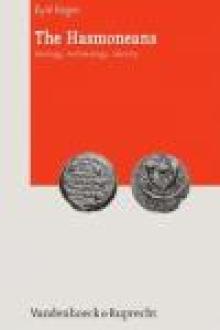
The Hasmoneans: Ideology, Archaeology, Identity
SummaryThe first two chapters discuss the religious practices of the Hasmoneans.
Chapter 1 explores why the Maccabees regarded Hanukkah as a festival of renewal, specifically of those traditions related to the Temple cult.
Chapter 2 examines the manner in which the Hasmoneans used the protection and maintenance of the Jewish Temple to legitimize their rule-and how they worked to place the Temple at the center of the Jewish religion.
Chapters 3-5 deal with different perspectives in the Hellenistic world on the role of government and royal ideologies. Specifically, chapter 3 explores both the Hellenistic and Jewish contexts for Hasmonean government and kingship. Regev shows how the Hasmonean dynasty built up its religious (in contrast to political) authority, suggesting that the Hasmonean state was not a conventionally Hellenistic one, but rather a 'national' monarchy, closer to Macedonian in type. Chapter 4 attempts to decipher the meaning of the symbols and epigraphs on Hasmonean coins, and examines how both Hellenistic symbols and Jewish concepts were employed to reinforce the dynasty's authority and introduce Jewish 'national' ideas into the populace. Chapter 5 then undertakes a comparative social-archaeological analysis of the Hasmonean palaces in Jericho in an effort to gain insight into their royal ideology. The author compares the Hasmonean palaces to other Hellenistic palaces - especially the Herodian palaces.
Finally, the concluding chapter integrates the previous findings into a new understanding of and appreciation for the Hasmoneans' creation of an innovative Jewish corporal identity, one whose echoes we can still hear today.2013, Vandenhoeck & Ruprecht, 340 Pages



